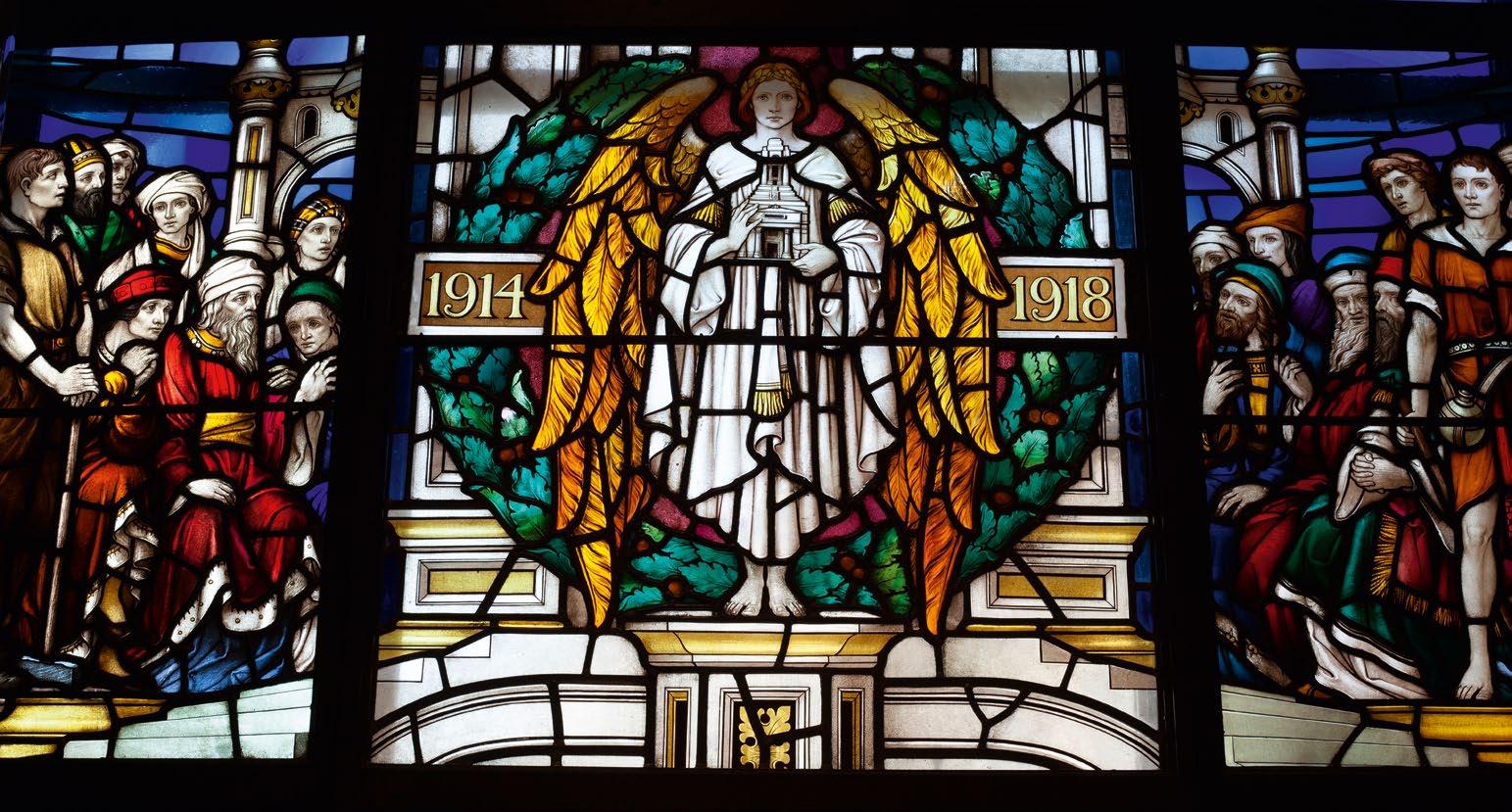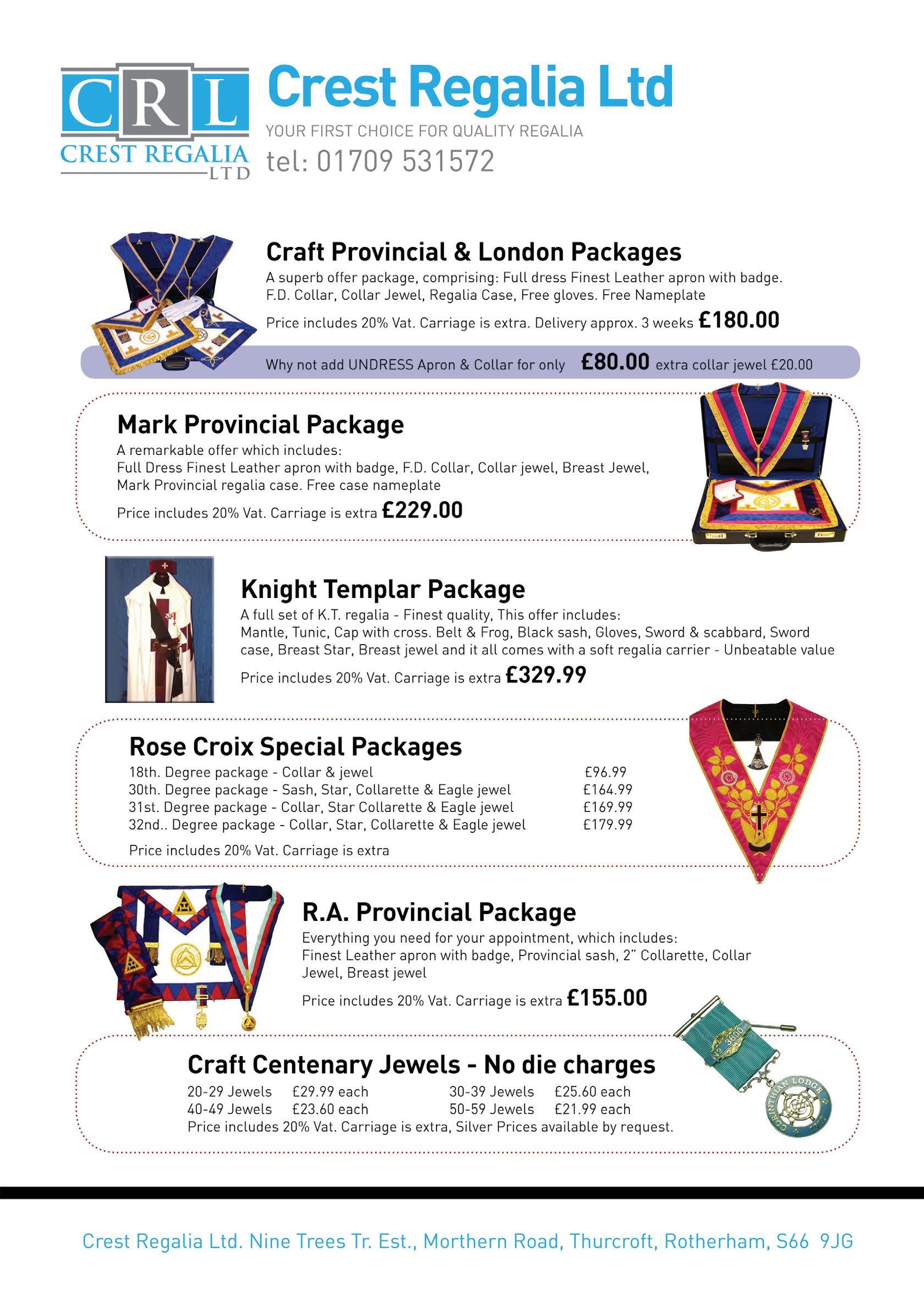
4 minute read
An iconic jewel
Carved
in stone
The story of the Hall Stone jewel goes to the heart of the history and foundations of Freemasons’ Hall
This year marks a centenary of sorts. It was in January 1920 that a committee led by Sir Alfred Robbins, President of the Board of General Purposes, first officially announced the Masonic Million Memorial Fund. It was through this appeal that the Hall Stone jewel came into being and a new crest entered the vernacular of Freemasonry.
The Masonic Million Memorial Fund was an appeal lasting from 1920 until 1938 to cover the costs of building and decorating what was then called the Masonic Peace Memorial Building. You will know it today as Freemasons’ Hall, the headquarters of the United Grand Lodge of England, and the third Freemasons’ Hall to be located on Great Queen Street in London.
The fund came about after the Grand Master, Arthur, Duke of Connaught, requested that a memorial be commissioned to honour Freemasons who had fallen during World War I. It would also be a new home for English Freemasonry, which was in need of a larger premises. A committee was formed, and plans were put into action.
54 FMT Spring 2020 The second Freemasons’ Hall, completed in 1869, had largely been paid for through contributions from Freemasons, so the committee thought a similar approach would be suitable. The target of a million pounds was a realistic and necessary goal given the ambition and work involved.
A challenge to create a new jewel Letters were sent out to all lodges, Provinces and Districts. A competition was held to design a new building, but there was also a competition to design a new commemorative jewel that would be issued to those who contributed to the fund. It was won by Cyril Saunders Spackman, who, along with the 75 guineas prize money, essentially won the task of designing the crest for the new building. His idea was a perfect cross representing sacrifice, in front of which stood an angel of peace holding a model temple, all surrounded by a garland. On each side were the dates of remembrance, 1914 and 1918.
There were four Hall Stone jewels produced based on Spackman’s design, each corresponding to a particular level of contribution. A silver was for at least 10 guineas received, and a gold for 100 guineas or more. Lodges that contributed an average of 10 guineas per Freemason had their names recorded in the new building as Hall Stone Lodges. A fourth jewel, the largest and with coloured enamel, was awarded to Provinces or Districts whose donations averaged 500 guineas per lodge. Only three of these were ever awarded: to the Province of Buckinghamshire and the Districts of Burma and Japan. The Buckingham jewel is still worn today, while the other two have been lost to time.

At a later stage, a fifth jewel was introduced, known as the Special Collector’s jewel. This had another design altogether, though it included an angel of peace and a model temple. It was for Freemasons who raised a list of contributions of at least 250 guineas. By the end of the appeal, 53,224 individual jewels had been issued and 1,321 lodges had qualified as Hall Stone Lodges. Each one was recorded on the walls of the first vestibule containing the Masonic Roll of Honour.
The Memorial Shrine of remembrance Of course, the Hall Stone is undeniably linked to the Walter Gilbert-designed Memorial Shrine and the Roll of Honour. During the Great War, each Freemason who fell was recorded in Grand Lodge’s records and part of the fund was set aside to construct what we know as the Memorial Shrine. The Hall Stone crest takes pride of place at the centre of the stained-glass Memorial Window above the Roll of Honour casket. The theme of the window is peace gained through sacrifice. This version of Spackman’s design bears one exception to the jewels: the model temple has been replaced with the façade of the Freemasons’ Hall tower. The Masonic Peace Memorial Building was completed in 1933 and the final report of the Masonic Million Memorial Fund lists the total In memoriam: Clockwise, from far left, the stained-glass Memorial Window at Freemasons’ Hall; the Masonic Peace Memorial foundation stone ceremony at Royal Albert Hall; an invitation to the ceremony; the Hall Stone jewels; and the Hall Stone Lodges inscribed in the Temple Vestibules
Museum of Freemasonry Freemasons’ Hall, 60 Great Queen Street, London WC2B 5AZ Open Mon-Sat, 10am-5pm www.museumfreemasonry.org.uk Twitter: @museumfreemason Instagram: @museumfreemasonry Facebook: @museumfreemasonry Shop: www.letchworthshop.co.uk



contributions at around £1.4 million in 1938. That’s equivalent to about £54 million now.
To mark this centenary of the announcement of the Masonic Million Memorial Fund, we have shared the story of the Hall Stone and the fund on our website. Illustrated with items from our collections, we hope these stories help the general public gain an insight to Freemasonry from a Freemason’s point of view.
Discover more online at www.museumfreemasonry.org.uk/stories














